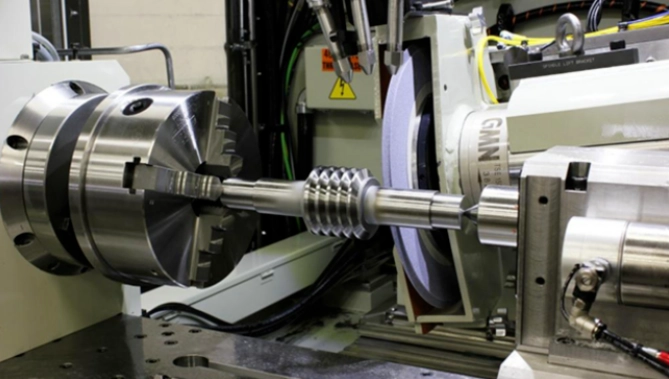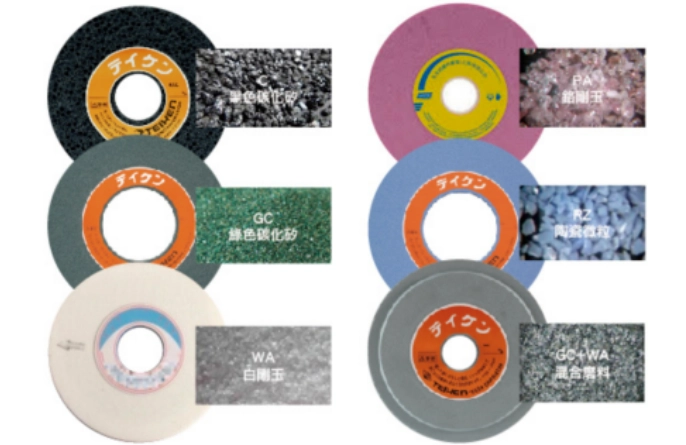When it comes to cutting hard and brittle materials, grinding wheels are indispensable. A grinding wheel is a round object bonded together by coarse-grained abrasive compounds. It can cut and grind the surface of the workpiece through high-speed rotation with the help of countless hard, sharp, and temperature-resistant small abrasive grains on its outer edge surface. remove. During this process, the grinding wheel can also continuously generate gaps (pores) between particles and grinding chips, so it is a very important processing tool in the industrial field.

If you have a certain understanding of grinding wheels, you will find a very interesting thing, that is, their "skin colors" seem to be very diverse, and different types of grinding wheels look very colorful when placed together. This makes people very curious, why do grinding wheels come in so many colors? What are the differences between grinding wheels of different colors? When choosing a grinding wheel, will color be an important criterion? In order to answer these questions, today we will explore the little secrets about the color of grinding wheels.
Factors that affect the color of the grinding wheel. The grinding wheel has three major elements, namely abrasive grains, binder, and pores. The abrasive grains and bonding agents will affect the color of the grinding wheel, in addition to the influence of dyes.
1. Abrasives
Abrasive is the main raw material for making grinding wheels. It is responsible for cutting work, so the abrasive must be sharp and have high hardness, good heat resistance and certain toughness. Currently, commonly used abrasives for grinding wheels include corundum,silicon carbide , diamond and cubic boron nitride. These abrasives themselves have different colors. For example, silicon carbide can be green or black, white corundum is white, and chrome corundum is pink. , Ceramic corundum abrasives are generally light blue and so on.

2. Binder
In order to consolidate the hard abrasive particles into a certain shape, the presence of a "bonding agent" is essential. Its function is mainly reflected in the following two aspects: ① Connecting unavailable abrasives to obtain abrasive tools with a certain strength and hardness; ② The strength of the bond to hold the abrasives, also called the degree of bonding, directly affects the grinding ratio of the grinding wheel, Self-sharpening, shape retention, etc. Currently, the binder materials used in grinding tools can be mainly divided into three types: resin, metal and ceramics. Their colors will also affect the appearance of the grinding wheel. For example, golden resin will affect the color of the grinding wheel to be brown to a certain extent.
3. Dye
If the above examples are reasonable, because they are basically related to the color of the components of the grinding wheel itself, then those orange, dark yellow or even pink grinding wheels seen on the market obviously rely on external force - dye. . The purpose of this is that the grinding wheel factory uses these brighter colors to distinguish models or other uses. Generally, it only needs to add dye during mixing to give the grinding wheel the desired effect.
Whether the color has any impact on the grinding effect needs to be discussed separately. If it is because of the type of abrasive, it will definitely have a direct impact on grinding. For example, alumina-based abrasives are more suitable for grinding iron-containing metals. If a grinding wheel prepared by mixing multiple abrasives, the characteristics or color of a single abrasive will not necessarily appear; As for the binder, it depends on the characteristics of the binder; the dye is basically only dyed to distinguish the model and will not affect the grinding performance.